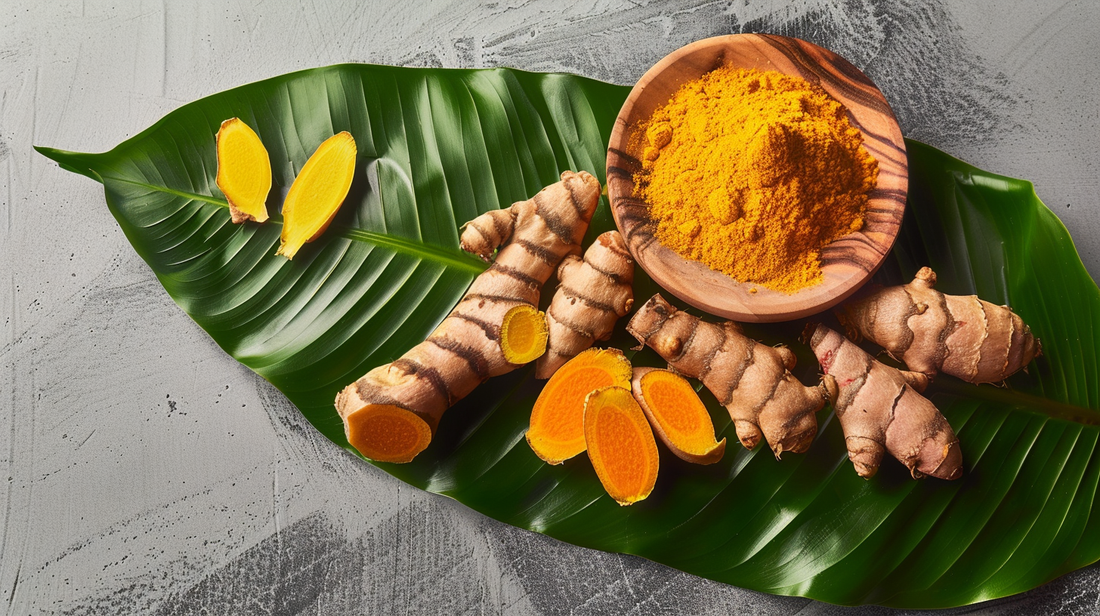
Tumeric (Curcuma longa)
Share

Turmeric has been used for many conditions in traditional medicines. The rhizome is the part that is most widely used. It can be prepared in various ways and is reputed to alleviate asthma and coughs. Many of its traditional uses are supported by scientific evidence.
Hot water extracts of the dried rhizome have been taken orally in Ayurvedic medicine to reduce inflammation. Turmeric is also regarded as a 'rasayana' herb, which is a branch of Ayurvedic medicine and is used to counteract ageing processes.
In Unani medicine, turmeric has been used for conditions such as liver obstruction and jaundice and has been applied externally for ulcers and inflammation. Roasted turmeric has been used as an ingredient of a preparation used to treat dysentery. Turmeric has also been used in tooth powder or paste.
A hot water extract of the dried rhizome taken orally was reputed to slow lactation, regulate fat metabolism, help symptoms of diabetes, diarrhoea and liver diseases, and as a tonic calm the stomach. The fresh juice taken regularly on an empty stomach has been used to prevent stomach disorders. A hot water extract of the dried rhizome was reputed to have an abortion-promoting effect when taken orally or in the form of a pessary (when inserted into the vagina).
Externally, the dried rhizome has been applied to fresh wounds and insect stings and to help the healing process in chickenpox and smallpox. Turmeric was reputed to improve complexion of the skin and has been applied externally to remove hair, act as a tonic and alleviate itching. Inhalation of turmeric smoke is reputed to relieve hiccups.
Turmeric rhizomes have also been mixed with other plants to produce traditional remedies for a range of conditions including tonsillitis, headaches, wounds, snake bites, stings, sprains and fractured bones.
